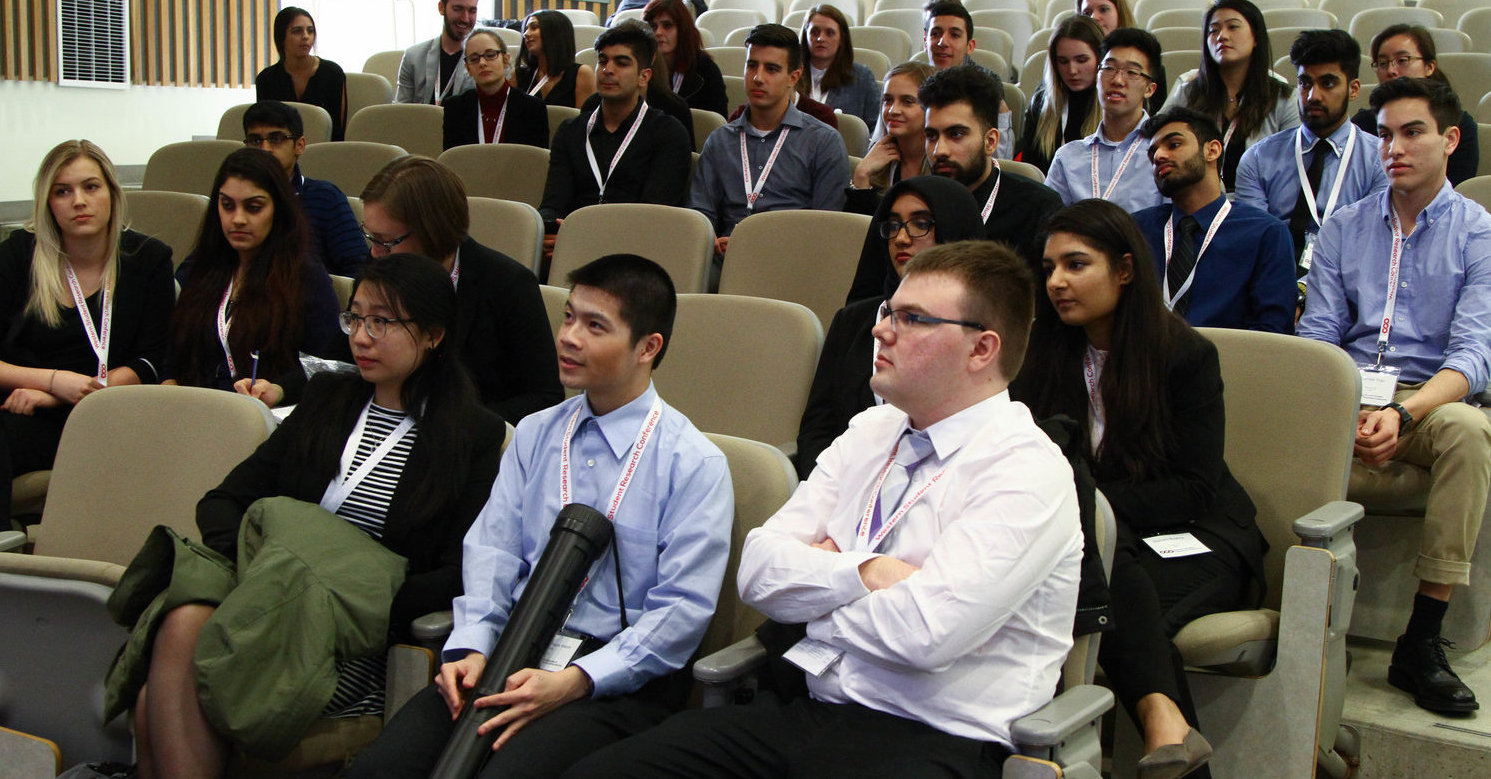Examining subcortical-cortical connectivity in Schizophrenia using Personalized Intrinsic Network Topography
Year of Study
Third Year
Abstract
INTRODUCTION: It is has been demonstrated that individuals exhibit variability in the structural and functional components of their brain [1,2]. Recent work has suggested that some differences in functional connectivity may be the product of individual differences in cortical spatial organization [3]. The implications of such individualized differences in schizophrenia spectrum disorders (SSDs) has not been previously reported. METHODS: Resting State fMRI (rsfMRI) and anatomical MR data was collected from patients with a Schizophrenia spectrum disorder (SSD; n=147) and healthy controls (HC; n=164) from 3 cohorts: 1) Centre for Addiction and Mental Health (CAMH) 2) Zucker Hillside Hospital (ZHH) 3) the COBRE dataset [http://schizconnect.org/]. We used Personalized Intrinsic Network Topography (PINT, [3]) to identify 80 regions of interest (ROIs) on the cortical surface from 6 intrinsic resting state networks using the rsfMRI connectivity in each participant. We then extracted rsFMRI timeseries from these 80 personalized cortical ROIs, 80 corresponding starting-template ROIs [4], and correlated them with timeseries from striatum and cerebellum subregions previously associated with these cortical resting state networks [5,6]. RESULTS: After PINT, the correlation between cortical resting state networks and their expected subregions of the striatum and cerebellum were selectively increased (Fig1A,C). We observed robust patterns of hyper and hypo-connectivity in the SSD group compared to HC group in cortical-subcortical connections that persist after PINT (Fig 1B,D). DISCUSSION: In agreement with previous studies, striatal-cortical and cerebellum-cortical connectivity showed robust differences between SSD and HC, even when individual differences in cortical organization were considered. REFERENCES: 1.Koten et al (2017) Scientific Reports 2.Mueller et al (2013) Neuron 3. Dickie et al (2018) Biol. Psychiatry 4. Yeo et al (2011) J Neurophysiol 5. Choi et al (2012) J Neurophysiol. 6. Buckner et al (2011) J Neurophysiol.
Presentation Type
Oral Presentation
Examining subcortical-cortical connectivity in Schizophrenia using Personalized Intrinsic Network Topography
INTRODUCTION: It is has been demonstrated that individuals exhibit variability in the structural and functional components of their brain [1,2]. Recent work has suggested that some differences in functional connectivity may be the product of individual differences in cortical spatial organization [3]. The implications of such individualized differences in schizophrenia spectrum disorders (SSDs) has not been previously reported. METHODS: Resting State fMRI (rsfMRI) and anatomical MR data was collected from patients with a Schizophrenia spectrum disorder (SSD; n=147) and healthy controls (HC; n=164) from 3 cohorts: 1) Centre for Addiction and Mental Health (CAMH) 2) Zucker Hillside Hospital (ZHH) 3) the COBRE dataset [http://schizconnect.org/]. We used Personalized Intrinsic Network Topography (PINT, [3]) to identify 80 regions of interest (ROIs) on the cortical surface from 6 intrinsic resting state networks using the rsfMRI connectivity in each participant. We then extracted rsFMRI timeseries from these 80 personalized cortical ROIs, 80 corresponding starting-template ROIs [4], and correlated them with timeseries from striatum and cerebellum subregions previously associated with these cortical resting state networks [5,6]. RESULTS: After PINT, the correlation between cortical resting state networks and their expected subregions of the striatum and cerebellum were selectively increased (Fig1A,C). We observed robust patterns of hyper and hypo-connectivity in the SSD group compared to HC group in cortical-subcortical connections that persist after PINT (Fig 1B,D). DISCUSSION: In agreement with previous studies, striatal-cortical and cerebellum-cortical connectivity showed robust differences between SSD and HC, even when individual differences in cortical organization were considered. REFERENCES: 1.Koten et al (2017) Scientific Reports 2.Mueller et al (2013) Neuron 3. Dickie et al (2018) Biol. Psychiatry 4. Yeo et al (2011) J Neurophysiol 5. Choi et al (2012) J Neurophysiol. 6. Buckner et al (2011) J Neurophysiol.



